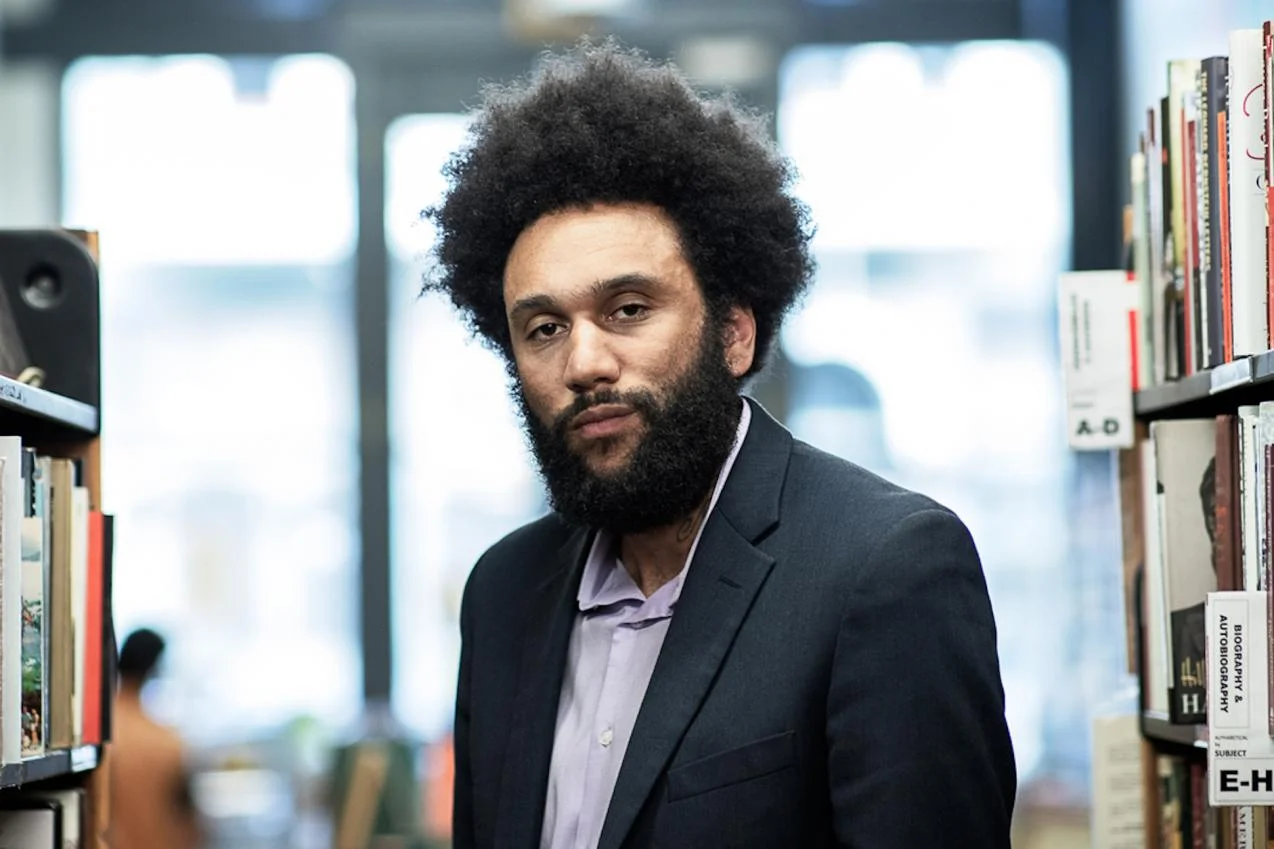Whenever the offerings on our glorious American streaming services go stale, the National Film Board of Canada (or NFB, or Office National du Film) remains as a goldmine of documentaries, feature films, and experimental films from our neighbors to the north. Below, I’ve selected some of my favorites from their collection, and I’d also suggest you browse around—the NFB made and makes films about truly everything, and of varying lengths, from minutes to hours and hours. You might find a typical NFB production moves more slowly than the binge-happy stuff we’ve become accustomed to, but this, to me, is a refreshing and captivating change of pace (at least until another season of Big Mouth arrives).
The Canadian government originally created the NFB in 1939 to “make and distribute films designed to help Canadians in all parts of Canada to understand the ways of living and the problems of Canadians in other parts,” and in 1950 its mandate was updated, allowing the NFB more freedom in production choices and distribution outside Canada.
The NFB’s prime years then spanned the late 1950s to the late 1970s. Notably, it was in those years that a group of filmmakers working for the NFB developed and perfected the Direct Cinema documentary genre, which became the flagship export of Canadian cinema and a close cousin of cinéma vérité. A lot of the selections below are in the Direct Cinema style, which aimed for a fresh realism in documentary filmmaking to challenge the fact that fictional films often were more successful in creating images of real life.
In the last couple of decades, growing pressure from the commercial film industry and budget cuts in the Canadian government has somewhat weakened the NFB’s stature in Canadian pop culture. Nonetheless, NFB productions have been consistently honored with Oscar nominations (this year with the animated short Animal Behaviour) and other awards, and the NFB’s website is home to over 3000 films available for free.
Without further ado, here are some favorites from the NFB:
Ladies and Gentlemen…Mr. Leonard Cohen (1965, 44 min)
My introduction to the NFB was this essential look at Leonard Cohen’s time as a rising Canadian literary figure, before he became the singer and songwriter we remember him as today. Even in these early days, you can tell Cohen was something special, and you can tell he knew it too. He seems so in his element on stage, it’s hard to believe he would later have such stage fright in his early singing days…I also love the café footage of his “Marita, Please Find Me, I Am Almost 30” graffiti.
Mon oncle Antoine (1971, 1 h 44 min)
This movie deserves much more than a blurb, though it rightly deserves its billing as the greatest Canadian film of all time and even its flashy Criterion Collection release. But alas, in a few words, I can say that Mon oncle Antoine is about much more than two days in the life of an old, alcoholic uncle in 1940s rural Quebec. It’s about the working-class Québécois in the asbestos mining town where he lives, the provincial dramas that unfold at his general store, and above all, his nephew Benoit, whose innocence is shattered one night while helping with his uncle’s darkly comical side gig as an undertaker. I was expecting a meandering, stuffy vibe from this one, but it actually has a stark levity that reminds me of the Coen brothers at times, and makes the movie fly by.
The Other Side of the Ledger (1972, 42 min)
The Other Side of the Ledger: An Indian View of the Hudson's Bay Company is a powerful, comprehensive account of the long struggle of Canadian indigenous populations against colonial-capitalist exploitation, with a focus on the economic damage done by the Hudson’s Bay Company. Despite its start as a fur trading business in 1670 and the ensuing shocking actions it took to subjugate millions of indigenous peoples, Hudson’s Bay Company today is still a retail behemoth, owning chains like Saks Fifth Avenue and Lord & Taylor. Ledger was co-directed by Willie Dunn, a monumentally important Canadian folksinger (he performs at the end of the film) and key member of the NFB’s Indian Film Crew , itself monumentally important as the first all-Indigenous film production unit in Canada. Also recommended are These Are My People… (the Indian Film Crew’s first film), and Mistress Madeleine (a fiction film about the insidious creep of the Hudson’s Bay Company into all aspects of country life in the 1850s).
The Cat in the Bag (1964, 1 h 14 min)
The Cat in the Bag, by Gilles Groulx, is the coming-of-age and coming-apart story of a young Montreal couple, Claude and Barbara, amidst the early political rumblings that would soon spark the Quebec sovereignty movement in the late 1960s and the October Crisis. It kind of reminds me of a more down-to-earth Godard film or even Jean Eustache’s The Mother and the Whore. Groulx, in NFB’s French Unit, helped usher in Direct Cinema only a few years before he made The Cat in the Bag, and you can see powerful examples of the technique in fly-on-the-wall scenes of Claude navigating his job as a reporter for a mainstream newspaper and his pretensions as a budding revolutionary, or in Claude and Barbara’s almost documentary-style monologues about the uncertain fate of their relationship and the indifference of a newly consumerist society. As Claude says, “Never put off to tomorrow what can wait until the day after”…but watch this ASAP!
Horse Drawn Magic (1979, 27 min)
Horse Drawn Magic is a charming look at “the world’s only horse-drawn open-air theater” as it tours across Canada’s countryside in the late 1970s. I’ve always associated vardo-style horse-drawn wagons with The Seventh Seal and Burning Man—basically, disturbing things. But the crew that rolls around in them in this short doc is all good vibes—an inspiration for how to live a simpler, but riskier and more expressive life.
Our Dear Sisters (1975, 14 min)
Our Dear Sisters is a touching portrait of Alanis Obomsawin, a North American Indian, and her experience as a mother and singer of Indigenous songs before she became a prolific filmmaker for NFB. This movie was made by Kathleen Shannon in the NFB studio she ran, called Studio D. Starting in the 1970s, Studio D pioneered films made by and about women, a type of film that had been largely absent from the NFB’s catalog. The conclusion of Our Dear Sisters, in which a chorus of women sing an arresting folk song with Alanis looking on, is as profoundly moving a scene as any you’re likely to see.
// jamie aylward.











